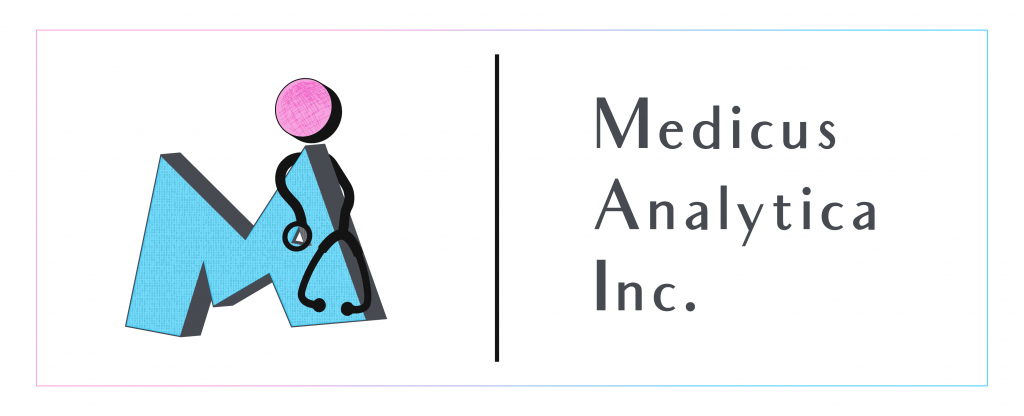Health & Safety, Mental Health
Navigating Work Related Anxiety and Finding Balance
Introduction
A third of our lives are spent working, whether it’s a full-time or part-time job. Work provides income and structure to many of us, but it can also bring anxiety. When work-related anxiety starts impacting our sleep, recreation, and overall well-being, it’s tough to find satisfaction in what we do. But how does anxiety manifest in the workplace, and what can we do about it?
Understanding Anxiety
Definition of Anxiety
Anxiety is that feeling of being scared, worried, or afraid. Therefore, it often manifests as tense muscles, rapid heartbeat, and troubling thoughts that can be overwhelming.
Evolutionary Response of Anxiety
Firstly, anxiety triggers the release of adrenaline and cortisol, preparing our bodies to fight or flee from threats. Hence, this response was crucial for our ancestors when facing physical dangers but can become problematic in today’s modern environment when triggered excessively.
The Modern Work Environment and Anxiety
Passive-Aggressive Emails and Workplace Threats
Moreover, in today’s workplace, threats come in subtle forms, such as passive-aggressive emails and micro-aggressions from colleagues. These can make us feel undervalued or under threat.
Financial Worries and Economic Concerns
Economic downturns, company layoffs, and fears of not being able to perform well enough to secure our jobs create a breeding ground for anxiety.
Job Insecurity and Performance Pressures
With job insecurity and increased performance expectations, many workers are constantly on edge, fearing redundancy or reprimand.
Impact of Work-Related Anxiety
Effects on Mental Health
Prolonged anxiety can lead to depression, irritability, and burnout. It’s not just a mental health issue but can severely affect our personal and professional lives.
Physical Health Consequences
Physically, chronic anxiety can cause headaches, high blood pressure, and heart problems. The body remains in a prolonged state of alertness, wearing down vital organs over time.
Impacts on Sleep and Leisure Time
Rest becomes elusive when anxiety keeps us up at night. This robs us of the opportunity to recharge and leaves us feeling constantly fatigued.
Identifying Workplace Stressors
Recognizing Sources of Anxiety
Awareness is key. Identifying stressors such as excessive workloads, unrealistic deadlines, or workplace bullying helps us understand the root of our anxiety.
Objective Analysis of Challenges
An objective view allows us to dissect our challenges and identify what can be controlled and what needs external intervention. This logical thinking can be challenging when overwhelmed, but it’s vital.
Strategies for Employees
Mindfulness and Breathing Techniques
Mindfulness practices and breathing techniques have been shown to reduce work-related anxiety (Zaccaro et al., 2018). Additionally, simple exercises like deep breathing or guided meditation can quickly restore calm.
Seeking Support from Medical Practitioners
If anxiety starts impacting your daily life, consult a healthcare professional. They can provide a clinical assessment and offer therapy or medication if necessary.
Time Management and Prioritization
Developing clear boundaries between work and personal time can minimize anxiety. Prioritize tasks and delegate where possible.
Strategies for Employers
Creating a Supportive Work Environment
Employers should foster a culture where employees feel valued and supported. Offering flexible hours and understanding personal challenges can significantly reduce anxiety levels.
Providing Access to Mental Health Resources
Access to mental health resources, such as Employee Assistance Programs (EAPs), can offer confidential support to those struggling.
Promoting Open Communication
Encourage open dialogue between managers and employees. Clear expectations and regular check-ins help address concerns before they escalate.
Conclusion
Summary of Key Points
In conclusion, work-related anxiety is a pervasive issue impacting our productivity and well-being. Recognizing stressors and implementing strategies like mindfulness, open communication, and supportive work environments can help alleviate this challenge.
Final Thoughts
Although anxiety is part of the modern workplace, with the right strategies, it doesn’t have to steal our sleep or peace of mind. Whether you’re an employee or employer, awareness and informed action can lead to a more balanced work-life.
FAQs
- What are the early signs of work-related anxiety?
Early signs include irritability, trouble sleeping, headaches, and an inability to concentrate. If these persist, it’s crucial to seek support. - How can mindfulness help with work-related anxiety?
Mindfulness allows individuals to focus on the present moment, reducing the tendency to ruminate on work challenges and easing anxiety symptoms. - What can employers do to support employees with anxiety?
Employers can promote a supportive work culture, offer access to mental health resources, and foster open communication. - How does work-related anxiety impact sleep patterns?
Anxious thoughts often keep individuals up at night, leading to insomnia and frequent waking. This impacts focus and productivity the next day. - Are there effective breathing exercises for managing anxiety?
Yes, exercises like diaphragmatic breathing or the 4-7-8 technique can quickly lower anxiety levels and restore calm.
